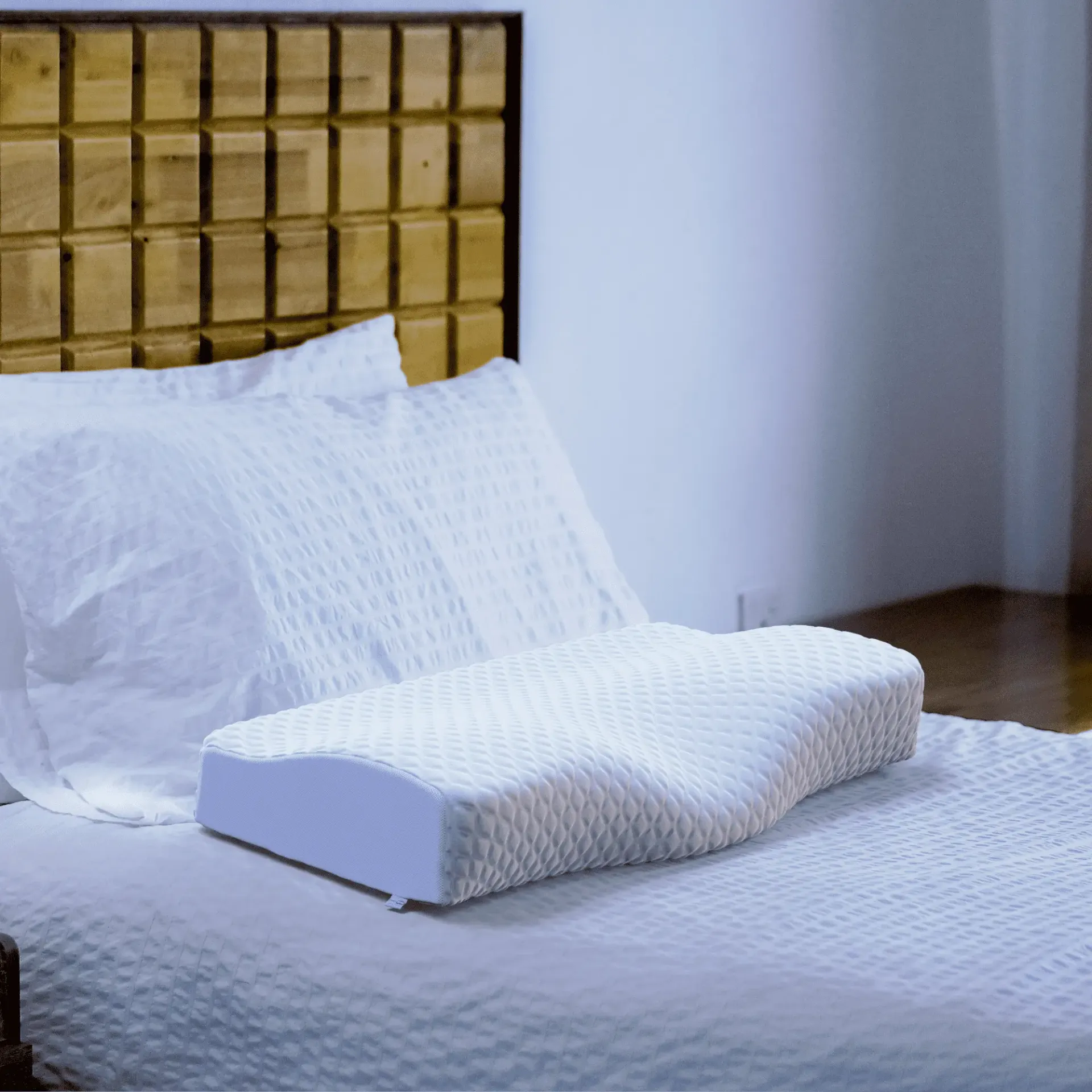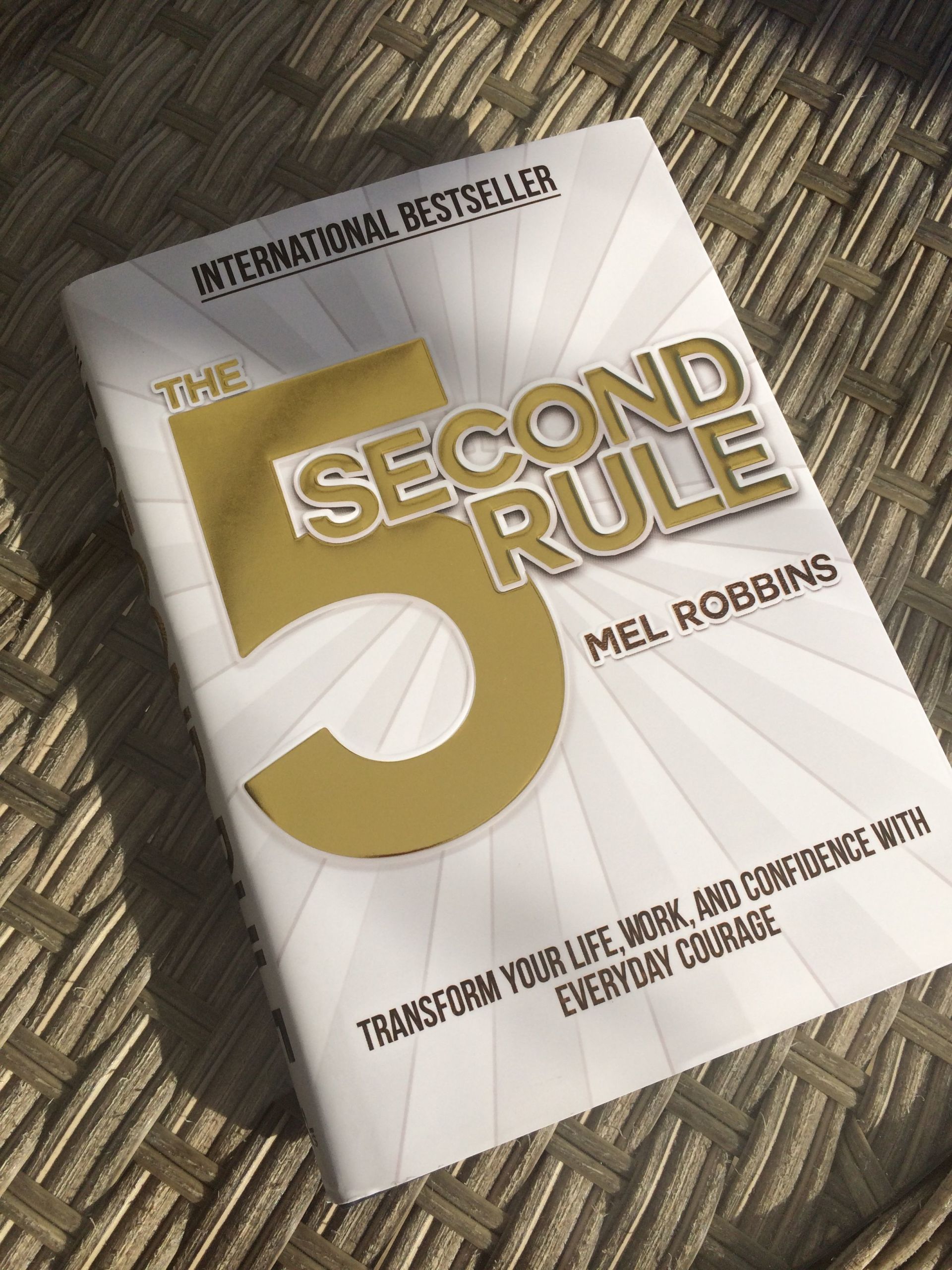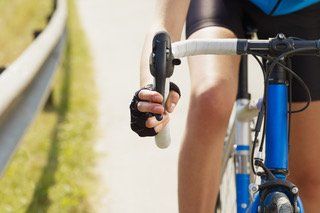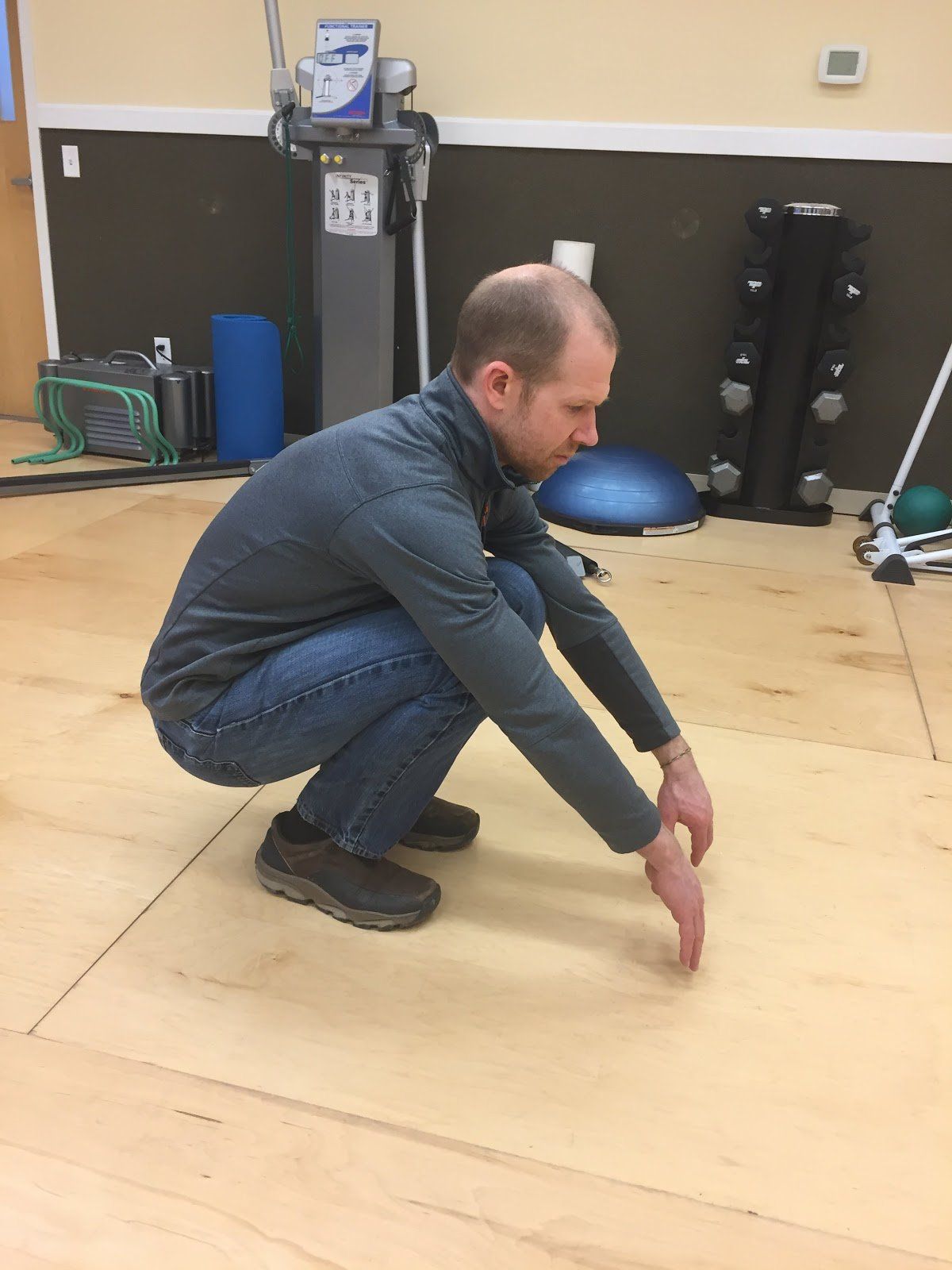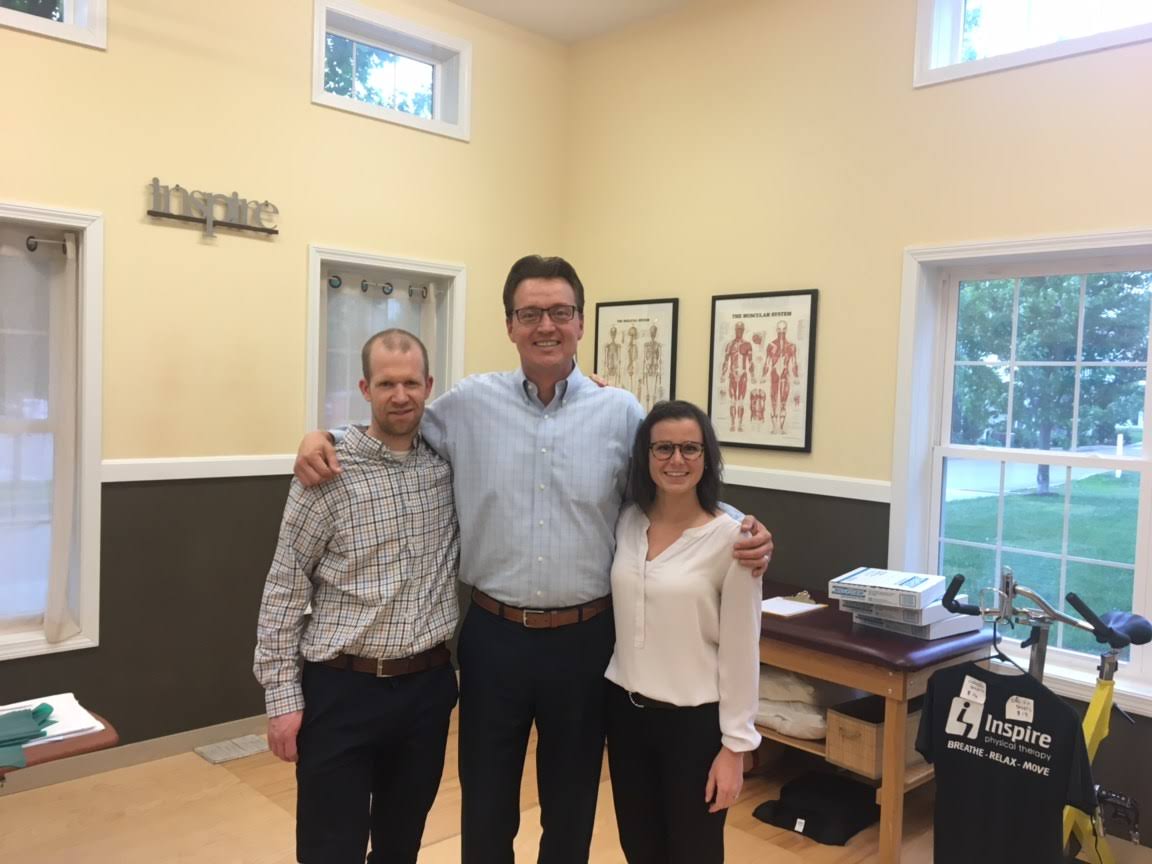CHANGING HOW PEOPLE MOVE - BEFORE & AFTER VIDEOS
BEFORE:
AFTER:
People often wonder what the key to being pain free is. Some people, no matter how flexible they are, are convinced that more flexibility is the answer. Other people, no matter how strong they are, are convinced that more strength is the answer. Either way, whether you think flexibility or strength is the key, I can easily show you people who have those attributes, but are still in pain.
The key, in my experience, is balance and with it good body mechanics. So, how do we know if someone is balanced? We use tests that measure if your body has equal motion and strength on both sides of your body. We look at how you sit and stand to pick up on static imbalances. We look at how you put everything together when you walk and run to pick up on dynamic imbalances. Once we have identified the imbalances we then work to correct them.
When you look at the first video, you can see this young man veer to the right twice while walking down the corridor, so that he is closer to the wall on his right side. His left shoulder is lower than the right, and his shoulders are turned to the right. His head and eyes are looking down.
Everything we just described is the result of muscle imbalance. So let’s break down what needs to be corrected at his pelvis, spine and rib cage/thorax.
His pelvis is turned to the right and shifted laterally to the right.
You can’t see it in this video, but when this young man lays flat on a table his left ribs are more prominent or flared than the right, due to left abdominal internal obliques that are long and weak. This weakness contributes to allowing the lumbar spine to rotate to the right.
His rib cage/thorax follows a somewhat unusual pattern. He is oriented to the right, yet his left shoulder is lower than his right. He compensates with a lateral shift of his upper torso to the right.
In order to bring this young man into a more balanced state, we gave him asymmetrical exercises that focused on turning his pelvis to the left and shifting his pelvis laterally to left. We worked his left abdominal internal obliques to correct his rib flare and stabilize his spine from rotating to the right. To balance his rib cage/thorax we had to focus on reaching activities with his right arm to engage his serratus anterior to shift his upper ribs to the left to bring him back to a centered/balanced position.
The exercises he was given were asymmetrical to promote equal strength and motion on both sides of his body - we only worked the weaker side in order to bring it up to the level of the stronger side. You can see the results in the second video - and yes he feels good too!
If you have imbalances that are grossly visible, or even if you notice that things just feel different from one side of your body to the other, let us know and we will be happy to help!
